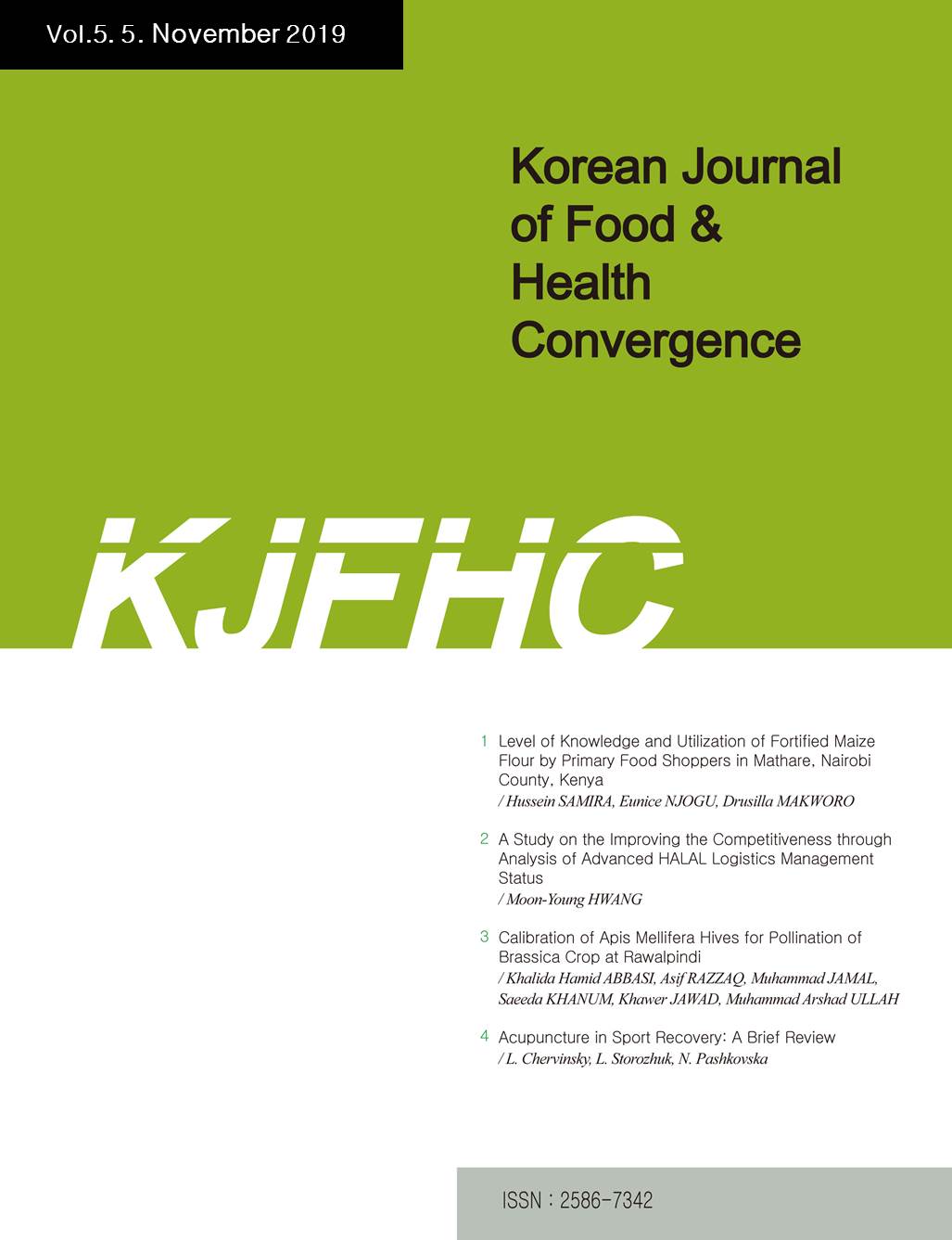 E-ISSN : 2586-7342
E-ISSN : 2586-7342
Vol.8 No.2
Abstract
Purpose: This study aims to examine the opportunities in the food industry in the context of non-fungible tokens (NFTs) and the metaverse. The metaverse expands offline experiences into a virtual space and provides users with the advantage of overcoming the limitations of physical space. Research design, data and methodology: With the development of various contents based on advanced technology, the metaverse is becoming popular among the MZ generation (comprising millennials and Gen Zs), who are skilled at navigating digital platforms. Moreover, the previously entertainment game focused service has expanded to the business field after COVID-19; activities on the metaverse are now making space for economic value creation. I examined the recent global trends in the context of NFTs and the metaverse as well as the existing cases in Korea. Results: Globally, gaming and performance platforms such as Roblox, Fortnite etc. are still concentrated in the entertainment industry. However, as shown by ZEPETO and ifland in Korea there are many opportunities in the retail and food industries. Conclusions: We analyzed the ecosystems of the retail and food and beverage sectors, where the metaverse will be useful in the future, and have suggested the implications of the opportunities provided by the metaverse.
Abstract
The purpose of this study was to compare the nutrient intake of elderly according to their cohabitation status and determine its effects on the prevalence of anemia. Data from the KNHANES were used for this study, including raw data on socioeconomic characteristics, nutrient intake, health status, and clinical laboratory findings. Study subjects aged 60 to 80 years were retrieved and analyzed. As a result, the prevalence of anemia was 12.0% (men, 11.6%; women, 12.3%). The prevalence rate increased with age, and odds ratio [OR] of anemia among those aged 75 to 80 years was 4.16 times higher in men (OR=4.16, 95% confidence interval [CI]=2.48-6.97) and 2.77 times higher in women (OR=2.77, 95% CI=1.86-4.14) compared to 60~64 years old. Socioeconomic factors (area of residence, education level, household income), including cohabitation Status (living alone VS living with other family members), and health behaviors (high-risk drinking, smoking, aerobic exercise) did not significantly effect on anemia. In addition, other than protein intake for men, nutrient intake did not have a significant effect on the prevalence rate of anemia. Hypertension, diabetes, and cancer significantly increased the risk of anemia. In Korea, the influencing factors of elderly anemia change over time, so periodic follow-up studies are needed.
Abstract
This study aims to analyze the relative importance of bone age and chronological age in physique according to gender and to identify the relative importance of bone age, chronological age, and physique in physical fitness and motor coordination according to gender in order to alleviate the imbalance between physique and physical fitness in children. A total of 666 children(346 males, 320 females) between the ages of 11-14 were enrolled as subjects, and the skeletal maturation The skeletal maturation were measured by taking hand-wrist. Physical fitness were measured through a total of 4 components: muscular strength. The results of this study. First, physique variables for both males and females aged 11-14 were found to be more significant predictors of bone age than chronological age. Second, for physical fitness in males, in the order of %fat, body water, waist-hip ratio, weight, fat-free mass, and chronological age were more significant predictor variables; and in females, in the order of %fat, fat-free mass, height, chronological age, weight, bone age, fat mass, and body water were more significant predictor variables. For bone age and chronological age in physical fitness, bone age in males and chronological age in females found to be the more representative variables respectively.
Abstract
The purpose of this study is to find out the role of social support and self-esteem in the relationship between gaming disorder and suicidality of college students. A survey and analysis were conducted on 1,154 students in a four-year university in Gyeonggi-do of Korea. With analysis of the Internet Gaming disorder scale, 162 people (14%) were subjected to gaming disorder and 992 (86%) were non-gaming disorder. The hypothesis of this study was verified as follows. First, college students with gaming disorder have higher suicidality and lower social support and self-esteem than those with non-gaming disorder. Second, gaming disorder of college students have a positive correlation with suicidality, while gaming disorder will have a negative correlation with social support and self-esteem. Third, social support and self-esteem mediate the relationship between gaming disorder and suicidality of college students. These results show that social support and self-esteem can act as protective factors. The results are very meaningful in that they have verified the high risk of suicidality of college students with gaming disorder. It is suggested, when college students show signs of Internet gaming addiction, a more active prevention for suicidality should be considered as they can become a suicidal high risk group.
